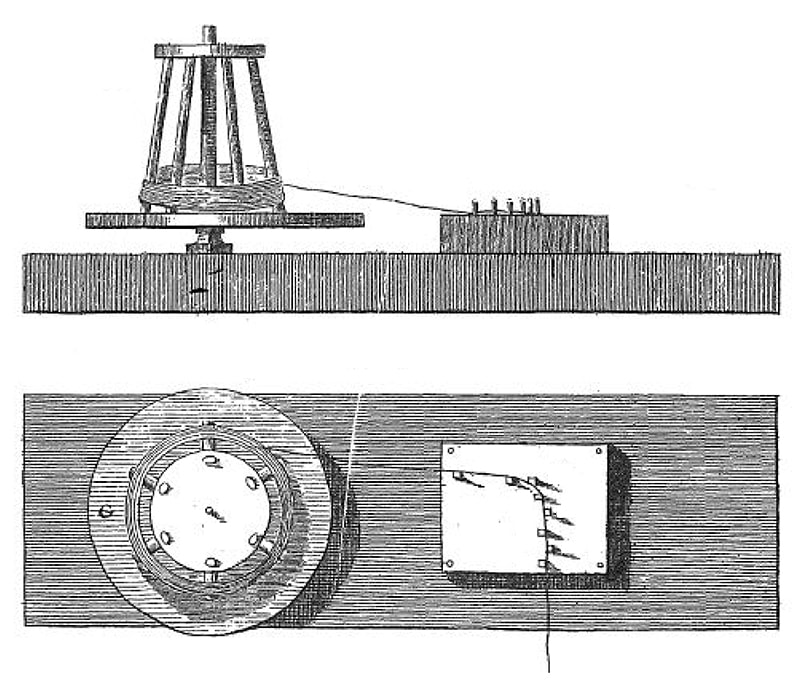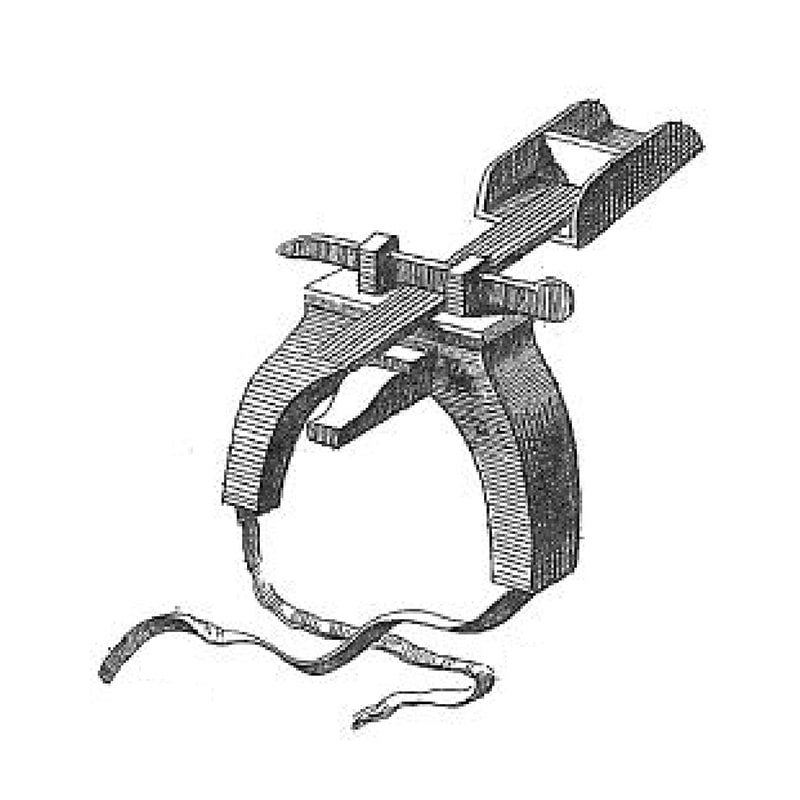Step One
Pulling Lengths of Wire
Use of pins was much more widespread in the 18th-century. Can you guess how many different types and uses of pins were common? What would be some analogs in the modern world, in which pins are relatively out of favor? How are the benefits of the division of labor felt beyond the particular factory? Smith was primarily concerned in this book with the wealth of nations...Does the nation or the individual reap the greatest benefits from the division of labor?
“The greatest improvement in the productive powers of labour, and the greater part of the skill, dexterity, and judgment with which it is any where directed, or applied, seem to have been the effects of the division of labour.”
Step Two
Cutting the Lengths
The division of labor wasn't important only for pins...Take a look at what this worker is wearing. Smith reminds us, “The woollen coat, for example, which covers the day-labourer, as coarse and rough as it may appear, is the produce of the joint labour of a great multitude of workmen.” Can you list all the steps that would go into the production of such a coat? How about a pencil? A smartphone?
Step Three
Work-Life Balance
In this room we see lots of passing of the product to the next worker in line. Smith comments on the creation of such very "distinct trades" within the manufacture of this one product. If you were an 18th-century laborer, how would you like your day in the factory to look, and why?
Step Four
Grinding the Heads
“…the way in which this business is now carried on, not only the whole work is a peculiar trade, but it is divided into a number of branches, of which the greater part are likewise peculiar trades. One man draws out the wire, another straights it, a third cuts it, a fourth points it, a fifth grinds it at the top for receiving the head; to make the head requires two or three distinct operations; to put it on, is a peculiar business, to whiten the pins is another; it is even a trade by itself to put them into the paper; and the important business of making a pin is, in this manner, divided into about eighteen distinct operations, which, in some manufactories, are all performed by distinct hands, though in others the same man will sometimes perform two or three of them.”
Step Five
The Spinning Wheels
The millstones can only grind pins in preparation to receive their heads if these workers operate the attached spinning wheels. In what other ways are the workers in this room interdependent? How can this sort of interdependence be compatible with individualism at the same time? Is all labor equally exchangeable? How are these spinning wheel operators different from say, a street porter?, or an esteemed professor of moral philosophy?
In summary
Sloth and Indolence
Smith notes, “...the advantage which is gained by saving the time commonly lost in passing from one sort of work to another, is much greater than we should at first view be apt to imagine it.” What causes the biggest loss of productivity in your own work, even when manual dexterity isn't an issue? What would Smith say about our tendency to “multitask” today?










